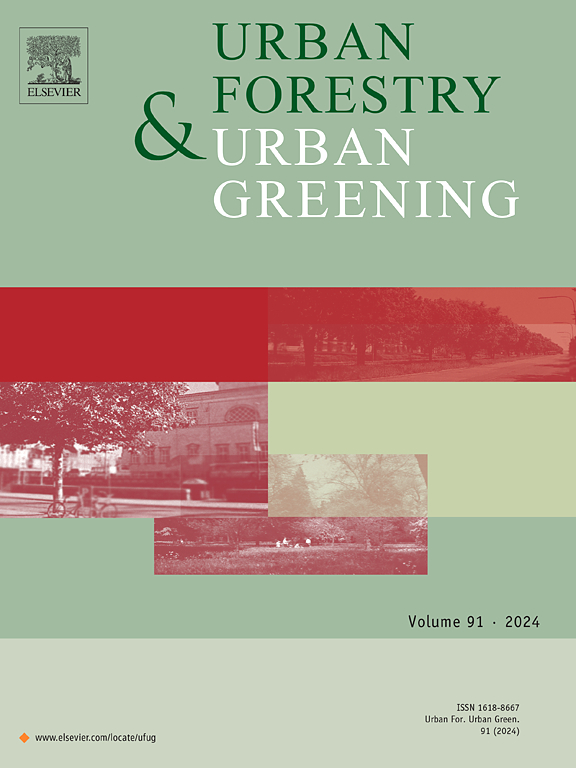Nature’s role in residential development: Identifying leverage points for climate change planning in Ontario, Canada
IF 6
2区 环境科学与生态学
Q1 ENVIRONMENTAL STUDIES
引用次数: 0
Abstract
Cities are establishing climate change related targets to mitigate the effects of climate change and adapt to its consequences. Natural features, such as trees and wetlands, can help communities reach their mitigation goals by storing carbon while also providing co-benefits that build resilience to climate change impacts. However, nature-based solutions for addressing climate change are not widely recognized in current development practices. To better understand this limitation, we interviewed nine municipal planners and eight private developers across Ontario, Canada, to assess how stakeholders in residential development consider natural features and climate change in their decisions. Our findings demonstrate that natural features, particularly in the natural heritage system, receive substantial attention in residential development decisions, but that climate change is rarely an explicit factor in those decisions. We anticipate that if the climate change benefits of natural features were explicitly quantified, this could impact the decisions of key stakeholders and support the design of alternative development forms. Our findings also suggest that policy changes, green development standards, cross-sector collaboration, and reliable ecosystem services data could all serve as significant leverage points for communities to support the implementation of nature-based solutions for climate change. Future research should investigate the effectiveness of green development standards and how tools that quantify ecosystem services could be incorporated into the development process to identify effective pathways for implementing nature-based solutions.
求助全文
约1分钟内获得全文
求助全文
来源期刊

Urban Forestry & Urban Greening
FORESTRY-
CiteScore
11.70
自引率
12.50%
发文量
289
审稿时长
70 days
期刊介绍:
Urban Forestry and Urban Greening is a refereed, international journal aimed at presenting high-quality research with urban and peri-urban woody and non-woody vegetation and its use, planning, design, establishment and management as its main topics. Urban Forestry and Urban Greening concentrates on all tree-dominated (as joint together in the urban forest) as well as other green resources in and around urban areas, such as woodlands, public and private urban parks and gardens, urban nature areas, street tree and square plantations, botanical gardens and cemeteries.
The journal welcomes basic and applied research papers, as well as review papers and short communications. Contributions should focus on one or more of the following aspects:
-Form and functions of urban forests and other vegetation, including aspects of urban ecology.
-Policy-making, planning and design related to urban forests and other vegetation.
-Selection and establishment of tree resources and other vegetation for urban environments.
-Management of urban forests and other vegetation.
Original contributions of a high academic standard are invited from a wide range of disciplines and fields, including forestry, biology, horticulture, arboriculture, landscape ecology, pathology, soil science, hydrology, landscape architecture, landscape planning, urban planning and design, economics, sociology, environmental psychology, public health, and education.
 求助内容:
求助内容: 应助结果提醒方式:
应助结果提醒方式:


